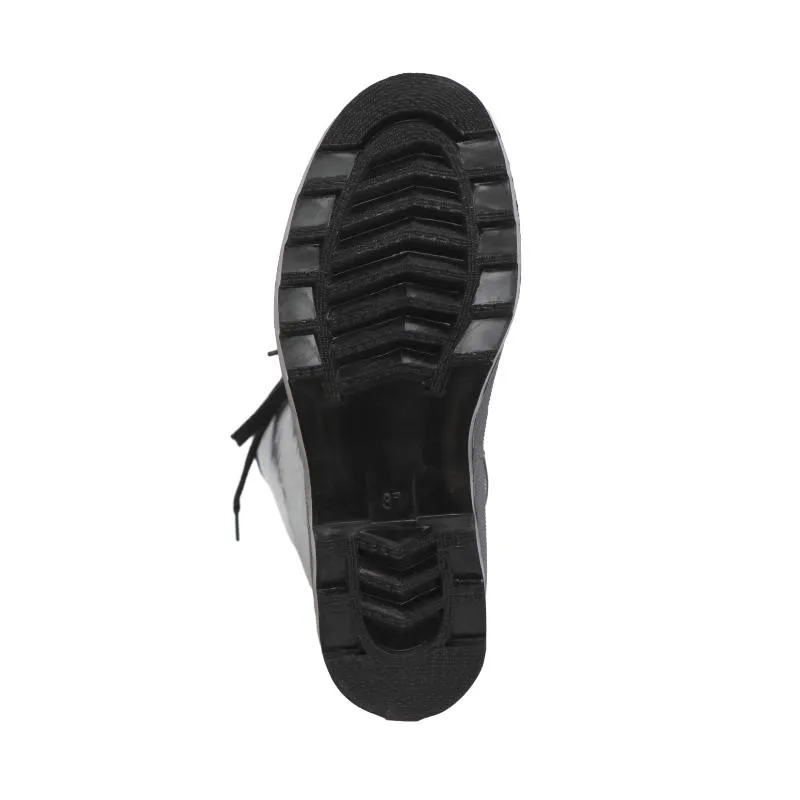Are Rain Boots Effective for Snowy Conditions?
When winter arrives, many people find themselves reaching for their trusty rain boots, especially in regions where snow and ice are common. But how effective are rain boots when it comes to snowy conditions? This article explores the key features of rain boots, their performance in snow, and some useful tips on what to consider when choosing footwear for winter weather.
Rain boots, typically made of rubber or waterproof materials, are designed primarily to keep your feet dry in wet conditions. Their primary function is to prevent water from penetrating, making them ideal for rainy days or muddy environments. However, when the temperatures drop and snow blankets the ground, the situation becomes more complex.
Are Rain Boots Effective for Snowy Conditions?
Another aspect to consider is the sole of the boots. Traditional rain boots often have smooth rubber soles that may be suitable for wet surfaces but can become dangerously slippery on ice. Unlike snow boots, which typically feature rubber soles with deeper treads specifically designed for traction on slick surfaces, many rain boots fall short. If you intend to wear rain boots in snowy conditions, ensure they have a non-slip sole to help prevent falls and maintain stability.
rain boots work in snow

Water resistance is a significant advantage of rain boots, as they are crafted to repel water effectively. However, it's essential to remember that prolonged exposure to snow, particularly wet snow, can cause moisture to seep in, especially if the boot tops are not high enough. Snow can easily enter through the tops of shorter rain boots, leading to soggy socks and cold feet. Therefore, opting for taller rain boots can offer added protection against snow accumulation.
Comfort is another key factor when choosing footwear for snowy conditions. Many rain boots can be rigid and lack the comfort features often found in winter boots. If you plan on walking in snow for extended periods, consider the fit and padding of the boots, as well as arch support. A good fit will reduce the risk of blisters and allow for better circulation, which is crucial in maintaining warm feet.
Some individuals might wonder if it’s a good idea to wear rain boots with thick socks for added warmth. While this can sometimes work, it's not a guaranteed solution. The lack of insulation in some rain boots means that even with thick socks, your feet may still become cold. It's essential to ensure that the boots are roomy enough to accommodate thicker socks without constricting blood flow.
Ultimately, if you live in an area where snow is a regular occurrence, investing in a pair of dedicated winter boots may be a wise choice. While rain boots can serve in light snow or slushy conditions, they may not provide the warmth, traction, and comfort necessary for harsh winter weather.
In summary, rain boots can work in snowy conditions under specific circumstances, such as light snow and wet conditions. However, for prolonged exposure to cold temperatures and deep snow, proper winter boots are recommended for optimal warmth, comfort, and safety. When selecting footwear for the winter, take into consideration insulation, traction, height, and comfort to ensure your feet stay warm and dry during those chilly months.
-
Stay Dry in Any Condition with WadersNewsJul.17,2025
-
Elite Performance with Camouflage Combat BootsNewsJul.17,2025
-
Dry and Comfortable with Green Rubber Garden ShoesNewsJul.17,2025
-
Convenient Protection with Foldable RainbootsNewsJul.17,2025
-
Comfort and Protection with Neoprene Work BootsNewsJul.17,2025
-
Brighten Rainy Days with Floral Rain BootsNewsJul.17,2025
-
Safety Wellies: The Ultimate Combination of Protection, Comfort, and VisibilityNewsJun.19,2025











